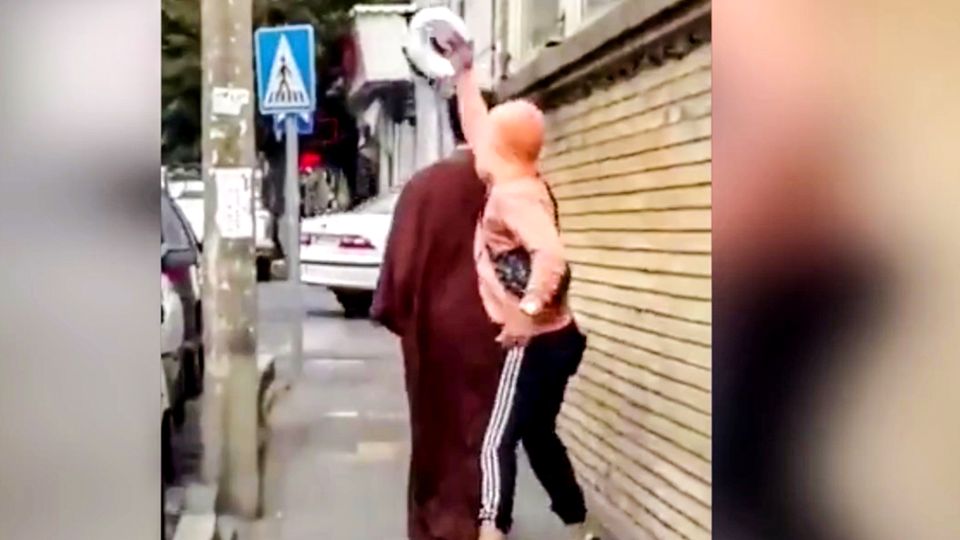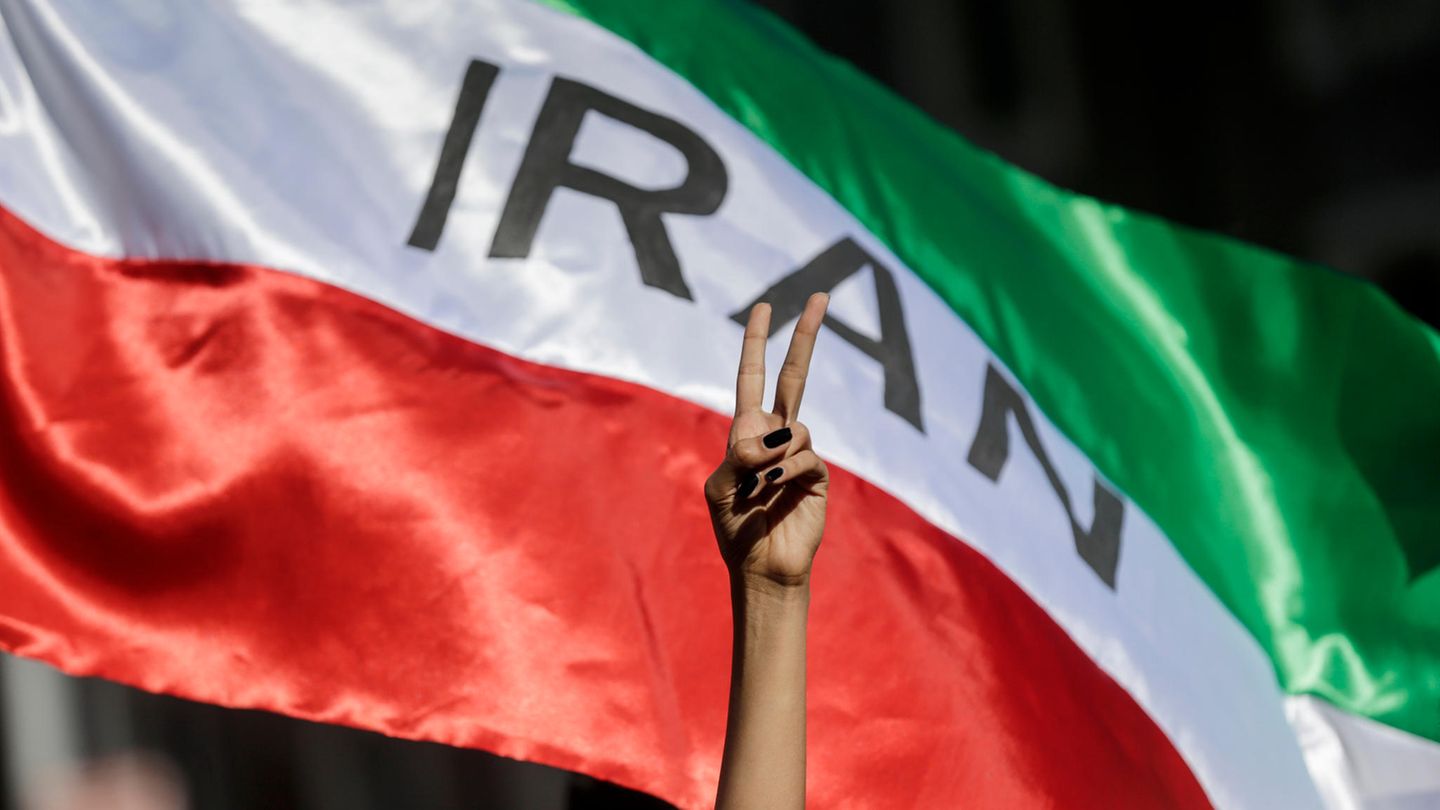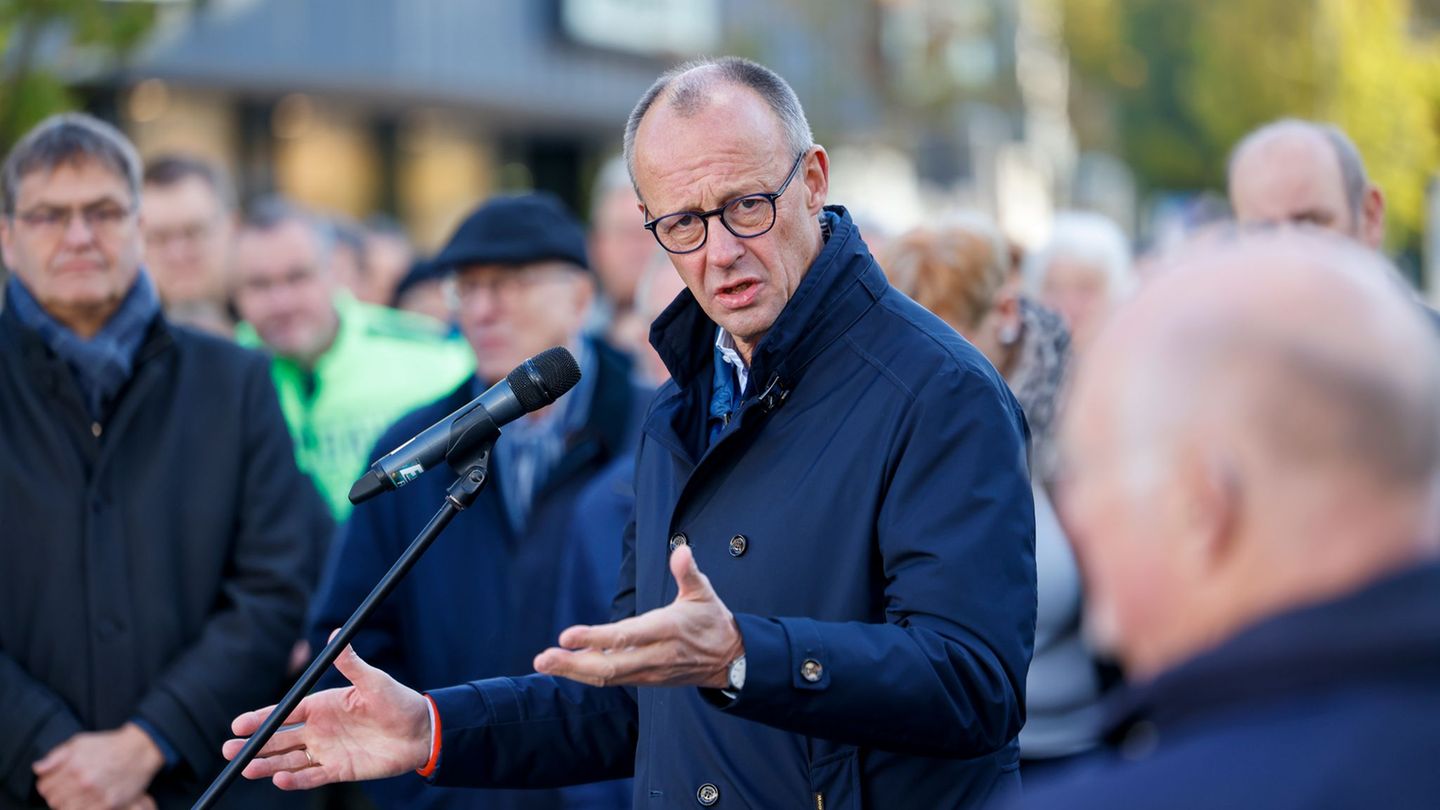For the past two months, women and young people in particular have been taking to the streets in Iran to demonstrate against the repressive policies. The security apparatus reacted with the utmost severity. This is one of the reasons why new forms of protest are developing.
When the young Iranian Kurd Mahsa Amini died in police custody on September 16, the nation was shocked. Picked up by the moral police because of her un-Islamic outfit, her death is still a symbol for the system-critical protests. Since then, the state has reacted with extreme severity to prevent meetings and protests. Iran’s political leadership is under more pressure than it has been in decades. According to estimates by human rights activists, almost 15,000 demonstrators were arrested and more than 340 people were killed during the protests.
In many places there is a climate of concern about further escalation. And with the limitations of the internet, organizing protests is becoming increasingly difficult. This is another reason why the supporters of the protests are looking for other ways to express their displeasure. The demonstrators are defying the state with new forms of civil disobedience. An overview.
Turban banging: declaration of war on the mullahs
A well-known phenomenon of civil disobedience is aimed squarely at Iran’s mullahs. In videos that have been shared thousands of times online, a Shiite cleric first walks down a street, while suddenly someone sneaks up on him from behind. First a few cautious steps, then a short sprint – and the preacher’s turban is knocked off his head.

Since the outbreak of the protests, hardly any other social group has been criticized as much as the mullahs. For many people, they embody gender injustice, the government’s authoritarian course, and strict dress codes. They also represent the system of government of the Islamic Republic. At the same time, many slogans in the street protests are directed against Iran’s head of state, the religious leader Ayatollah Ali Khamenei.
Videos have also emerged of clergymen tying a scarf around their turbans to keep them in place. On social media, critics scoff at the mullahs, who still play a central role in Iran’s political system.
Hugs: call for tenderness
The exchange of tenderness is considered a private matter in the Islamic country. For years, however, it has not been unusual for couples to walk through the city center holding hands. At the same time, young people are often bothered by the existing regulations and are always looking for new ways to break the strict rules and social norms. An example: While a young woman without the mandatory headscarf is standing on the side of the road with her arms outstretched, a poster with the inscription: “For the sad nation of Iran” is hanging in the background. Strangers who pass by gladly accept the invitation to hug. The image has been shared thousands of times online. The action, which is actually illegal, motivates other Iranian women to imitate her.
Blood Red Fountains
After the violent actions of the security forces, the Iranian art scene also started protest actions. Videos with blood-red fountains were repeatedly shared, whether in the capital Tehran or in central Iran. With the protest action, which commemorates the killed demonstrators, there is also a cultural reinterpretation, because during the Iran-Iraq war (1980-1988) supporters of the system painted the fountains in the cemeteries blood-red for their martyrs.
Similar protest actions target the heavily controlled public space. Posters of influential statesmen about a meter high were covered with red paint. The unusual criticism is likely to be a particular thorn in the side of the leadership in Tehran.
#MahsaAmini
Another form of protest in public is aimed at spreading well-known hashtags that are used in social media to mark posts. Whether on motorway bridges or house walls, in many places protesters write the name of the Iranian Kurd Mahsa Amini in graffiti, for example, in a clearly visible way. The action is not without danger, people are said to have been arrested or killed because of it.
note messages
While the state is restricting the Internet more and more drastically because of the protests, demonstrators spread messages on small pieces of paper that are passed on inconspicuously on the street. While social media such as Instagram were still popular places to organize demonstrations before they were blocked, people are now calling for them to do so with messages on slips of paper. With drawings and sayings on the scraps of paper, the demonstrators also encourage themselves.
Source: Stern
David William is a talented author who has made a name for himself in the world of writing. He is a professional author who writes on a wide range of topics, from general interest to opinion news. David is currently working as a writer at 24 hours worlds where he brings his unique perspective and in-depth research to his articles, making them both informative and engaging.




